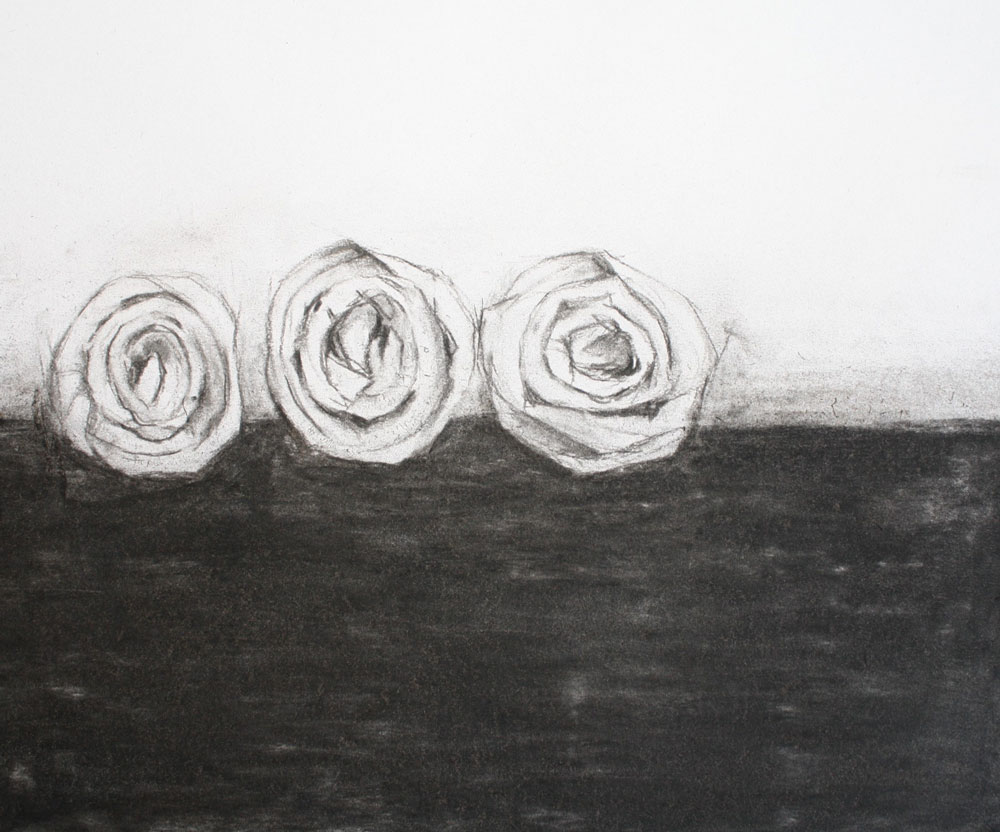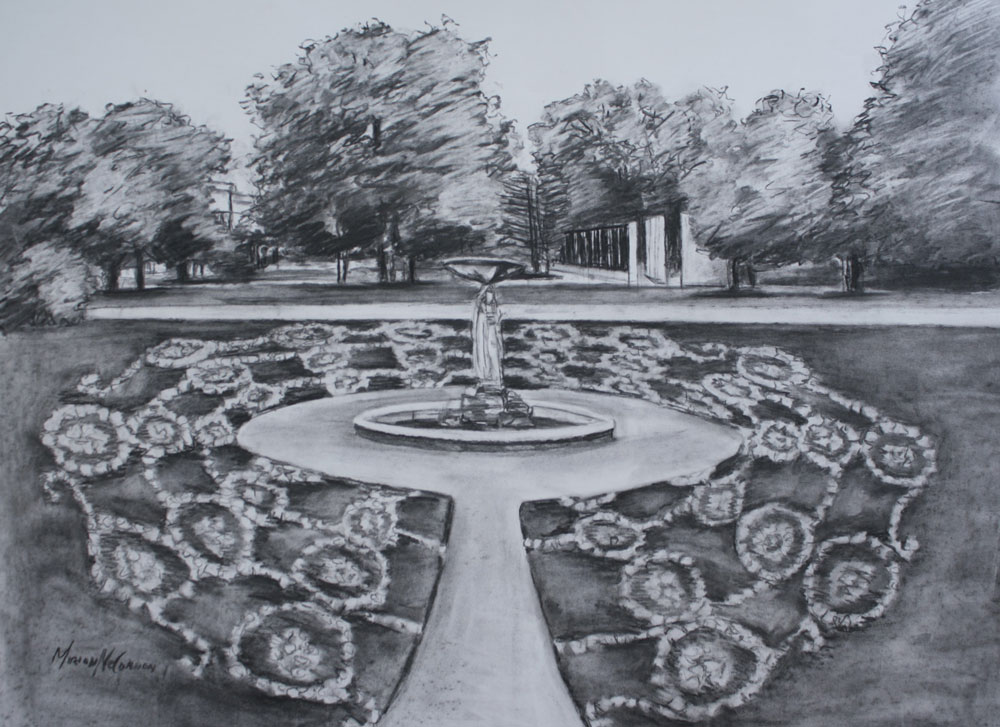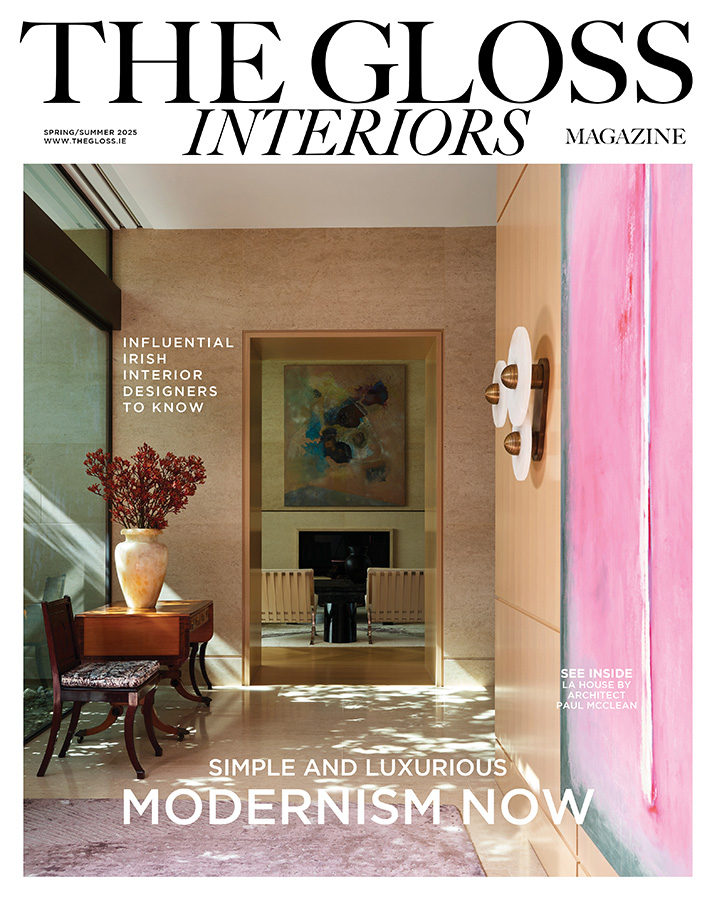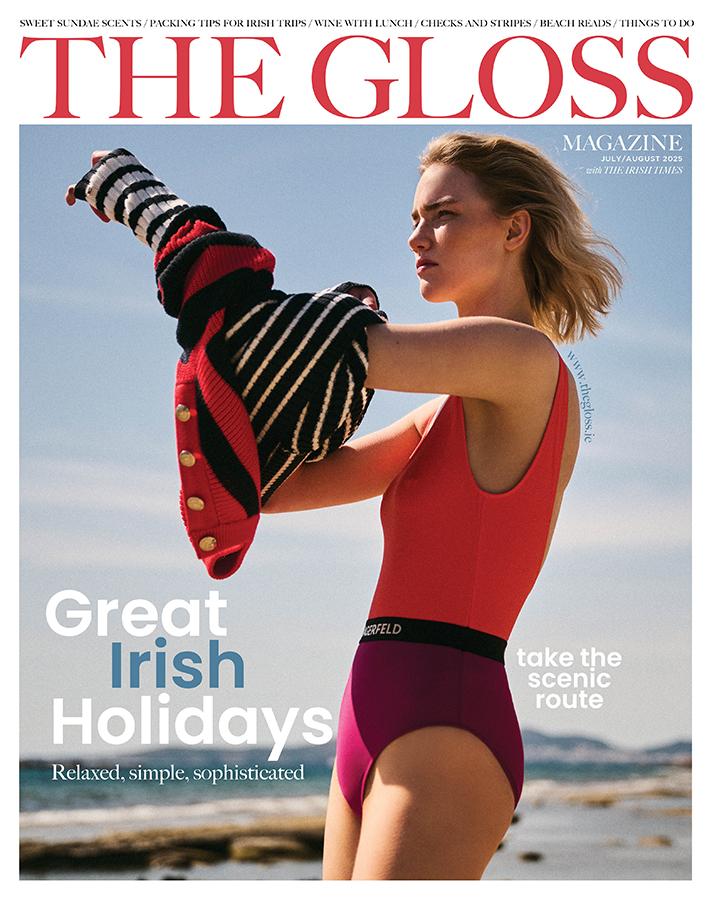This weekend sees the launch of Miriam McConnon’s collaborative public art installation at Iveagh Gardens, Dublin to commemorate the lives lost to Covid-19. This is consistent with the Cyprus-based Irish artist’s other artwork, as she explains to THE GLOSS …
Could you explain the creative stages of “Lost Lace” from inspiration to completion?
I began working on this installation over two years ago. It began as an idea for the annual “Sculpture in Context” exhibition at the Botanic Gardens in Dublin. This consisted of 1,777 handkerchief roses laid out in an Irish lace pattern. Since then, it has grown in scale. This is due, sadly, to the increased number of lives lost to Covid-19 in Ireland. “Lost Lace” at the Iveagh Gardens will consist of over 10,000 handkerchief roses, each rose symbolising a death to Covid-19 in Ireland and in Northern Ireland. It was important for me for the project to be inclusive of Northern Ireland and of different ethnic groups of people living in Ireland.
The outdoor installation is consistent with my other artwork in its use of the personal narrative to communicate social issues to a wider public audience.
In my art practice I recall the personal narrative behind domestic objects to mark events of change in history. In this case, through the objects of the handkerchief and lace, I relate the objects to the ancient Irish tradition of hanging clooties (handkerchiefs) at the sacred sites of wells in the hope of curing an illness.
I have also used bedding material to reference the sensitive and intimate narrative of a person’s last days in bed due to the onset of Covid-19. I wanted “Lost Lace” to be a homage to the human story behind each of these 10,000 roses and to urge the public not to lose sight of the individual lives lost amid the collective and national grief.

You also worked with poet Jessica Trainer …
When applying for funding from the Dublin City Arts office, I decided to expand on the idea of the art installation and to invite the wonderfully talented poet Jessica Traynor to collaborate with me. We decided to create a website as a platform through which families who have lost loved ones to Covid-19 could engage with the project.
I have long admired Jessica’s poetry, especially her recent publication Pit Lullabies. I really respected the anthology of writing she coordinated with the actor Stephen Rea to campaign for the closure of Direct Provision Centres in Ireland. She has a sensitivity to the social circumstances of others, which made her a great fit for this collaboration. The four poems she has written to accompany this installation are so moving and sensitive to the sense of loss that Covid-19 created in so many of our lives.

You are also launching “Lost Lace – The Drawings” at Olivier Cornet Gallery?
The upcoming exhibition is a way of displaying the creative process that led to the art installation. It also is a legacy of the artwork that will live on after the installation is taken down. I have been inspired by many artists who have produced drawings based on outdoor installations like Christo and Jean Claude, Rachel Whiteread, Doris Salcedo and Cornelia Parker among others.
The drawings are a combination of charcoal and colouring pencil. They are on a smaller scale to the large-scale charcoal drawings that are typical of my process. My art practice has examined everyday objects for many years now. For example, my most recent work looks at the individual stories of refugees with whom I work in Cyprus. It examined the opposing narratives of the refugee and the non-refugee. The work incorporated personal objects from the refugee’s journey. These visual testimonies exposed a commonality between the global restrictions due to the pandemic and the constant reality for those displaced by conflict.

How do you define your work?
I work in the mediums of drawing, painting and large-scale public installation. My art practice at present is concerned with excavating the personal and the individual narrative from the wider collective and political setting. As a visual artist, I work with people who are displaced by conflict and with families from both sides of the Cypriot divide. I have witnessed how art can be a powerful tool for creating social change and empathy in those affected by the global refugee crisis.

Need to Know: The launch of Miriam McConnon’s outdoor installation “Lost Lace” will take place at 3pm on October 15 at Iveagh Gardens, Dublin 2. The installation will remain in place until October 23. At the launch of the project, the families of the victims of Covid-19 will gather together to hear four poems by Jessica Traynor. Aseries of drawings by Miriam McConnon, based on the installation, will be exhibited at the Olivier Cornet Gallery from October 19 to October 30. 3 Denmark Street Great, Rotunda, Dublin 1; www.oliviercornetgallery.com.






